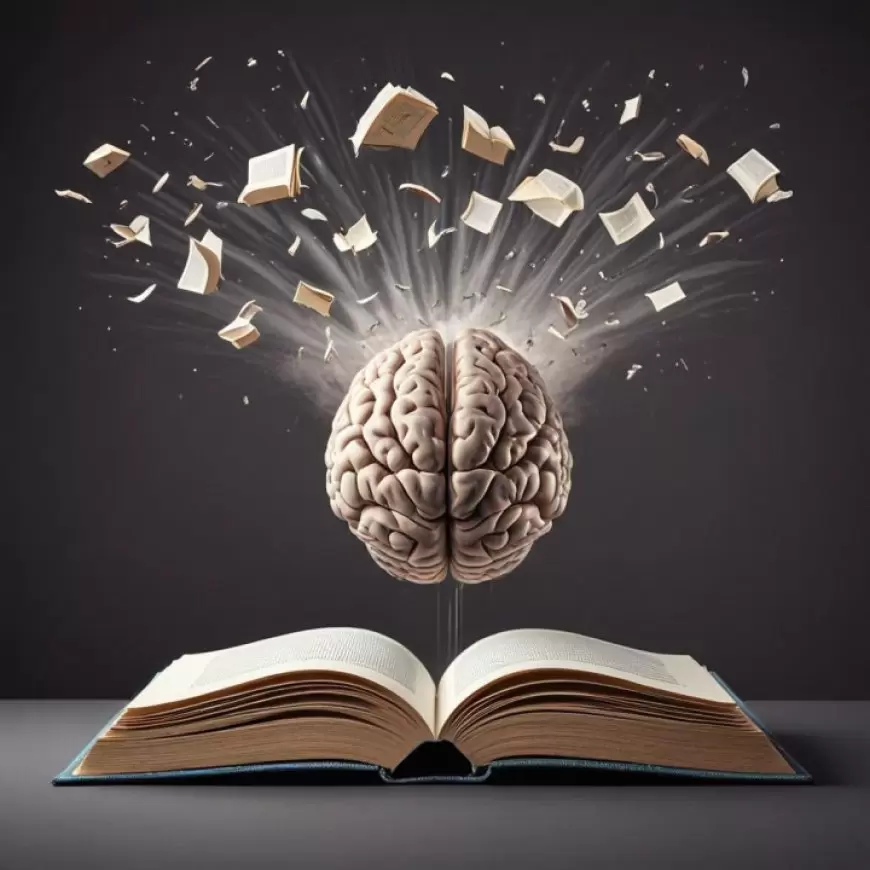Groundbreaking ponder sheds light on how our brain learns and adjusts.
A UC San Diego ponder uncovers that neurons adjust to modern data through changing rules at neural connections, challenging past suspicions.

Neurobiologists utilizing cutting-edge perception procedures have uncovered how changes over our neural connections and neurons unfurl. The discoveries portray how data is prepared in our brain's circuitry, advertising bits of knowledge for neurological clutters and brain-like AI frameworks.
How do we learn something modern? How did assignments at an unused workplace versus the most recent hit melody or headings to a friend's house end up encoded in our brains? The wide reply is that our brains experience adjustments to suit modern data. To take after a modern conduct or hold recently presented data, the brain's circuitry changes.
Neurobiologists translate the brain's learning handle.
Such adjustments are coordinated over trillions of neural connections—the associations between person nerve cells, called neurons—where brain communication takes place. In a complicatedly facilitated handle, modern data causes certain neural connections to urge more groundedness with modern information, whereas others develop weaker. Neuroscientists who have closely examined these changes, known as "synaptic versatility," have distinguished various atomic forms causing such versatility.
However, an understanding of the "rules" for selecting which neural connections experience this preparation remained obscure, a secret that eventually manages how learned data is captured within the brain. College of California, San Diego neurobiologists William "Jake" Wright, Nathan Hedrick, and Takaki Komiyama have presently revealed key subtle elements about this handle.
The most budgetary backing for this multi-year consideration was given by a few National Organizing of Wellbeing investigation awards and a preparing grant. As distributed April 17 within the diary Science, the analysts utilized a cutting-edge brain representation technique, counting two-photon imaging, to zoom into the brain movement of mice and track the exercises of neural connections and neuron cells amid learning exercises.
With the capacity to see person neural connections like never before some time recently, the unused pictures uncovered that neurons do not take after one set of rules amid scenes of learning, as had been expected beneath customary considering. Rather, the information uncovered that person neurons take after different rules, with synapses in completely different locales taking after distinctive rules. These modern discoveries stand to help make headway in numerous zones, from brain and conduct disorders to fake insights.
"When individuals converse about synaptic versatility, it's ordinarily respected as uniform inside the brain," said Wright, a postdoctoral researcher within the School of Organic Sciences and, to begin with, creator of the consideration. "Our investigation gives a clearer understanding of how neural connections are being adjusted amid learning, with possibly imperative well-being implications since numerous illnesses within the brain include a few shapes of synaptic brokenness."
Suggestions for AI and brain well-being
Neuroscientists have carefully examined how neural connections, as it were, have gotten to their claim of "neighborhood" data; however, collectively they offer assistance in shaping wide modern learned practices, a problem named as the “credit task problem.” The issue is practically equivalent to two person ants that work on specific tasks without information on the objectives of the complete colony.
The modern data offers promising experiences for the longer term of counterfeit insights and the brain-like neural systems upon which they work. Ordinarily, a whole neural arrangement has capacities on a common set of versatility rules, but this investigation deduces conceivable other ways to plan progressed AI frameworks utilizing different rules over solitary units.
For well-being and conduct, the discoveries may offer another way to treat conditions including compulsion, post-traumatic stress disorder, clutter, and Alzheimer's infection, as well as neurodevelopmental disorders such as extreme introvertedness.
What's Your Reaction?












































